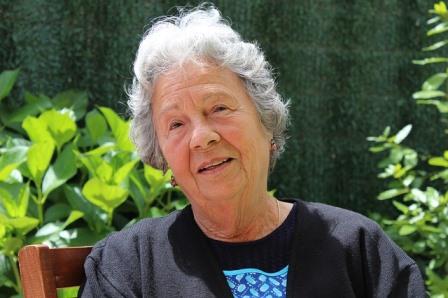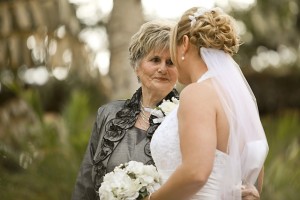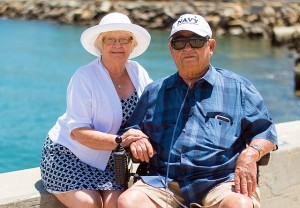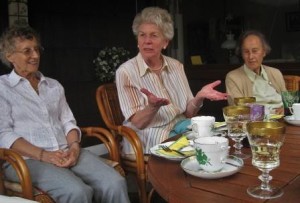- Calls to this hotline are currently being directed to Within Health or Eating Disorder Solutions
- Representatives are standing by 24/7 to help answer your questions
- All calls are confidential and HIPAA compliant
- There is no obligation or cost to call
- Eating Disorder Hope does not receive any commissions or fees dependent upon which provider you select
- Additional treatment providers are located on our directory or samhsa.gov
The Connection between Osteoporosis and Eating Disorders in the Elderly Patient

Contributor: Libby Lyons, MSW, LCSW, CEDS
Osteoporosis and anorexia are both diseases which can have devastating physical effects on the body. Osteoporosis is a disease in which the bones become weak and are more likely to break. People with osteoporosis most often break bones in the hip, spine, and wrist.
Risk factors for developing osteoporosis include being thin or having a small frame, having a family history of the disease, being postmenopausal, early menopause, or not having menstrual periods (amenorrhea), using certain medications, not getting enough calcium, not getting enough physical activity, smoking, and drinking too much alcohol (retrieved 3/15/16). Osteoporosis is a silent disease that can often be prevented. However, if undetected, it can progress for many years without symptoms until a fracture occurs.
Anorexia Nervosa
Anorexia nervosa also has significant physical consequences. Affected individuals can experience nutritional and hormonal problems that negatively impact bone density. Low body weight in females causes the body to stop producing estrogen, or absent menstrual periods. Low estrogen levels contribute to significant losses in bone density.

Women are at a greater risk for osteoporosis than men. One out of two women and one out of eight men will break a bone because of osteoporosis after the age of 50. Women have a greater risk of osteoporosis because they have bones that are smaller and less dense than those of men. In addition, women tend to participate in fewer weight-bearing activities, and also tend to lose more bone mass than men. Women who have irregular menstrual cycles or no menstrual periods and women who have gone through menopause have a greater risk of osteoporosis. During the years just before and after menopause, women can lose about 20% of their bone mass (retrieved 3/15/16).
Weight is Their Greatest Concern
20% of women aged 70 and older are dieting, and when asked what bothered them most about their bodies, a group of women aged 61 to 92 identified weight as their greatest concern (National Association of Eating Disorders, 2016). Women can in turn, focus on weight loss efforts, which can lead to disorder and eating disorders.

Other factors which may contribute to osteoporosis include calcium deficiency, loss in weight, reduce in growth hormones in the body, and a lack of adequate amounts of testosterone (in men). Also, an excess level of the adrenal hormone cortisol, a hormone which encourages bone loss, tends to be very common in those with anorexia. Anorexia can be a very harmful eating disorder.
Unhealthy behaviors can worsen osteoporosis
Eating disorder symptoms and weight concerns are common in women 50 and older. Unhealthy behaviors can worsen osteoporosis and lead to cardiovascular problems and gastroesophageal reflux disease. According to a study from the International Journal of Eating Disorders, 71% of women over 50 are trying to lose weight, 36% have been dieting for at least half of the past five years, 41% check their body size or shape at least once a day. 40% weigh themselves a couple of times a week or more (Gagne, DA, Holle, V., Brownley, KA., et al, 2012).

Older adults who struggle with eating disorders increase the likelihood of symptoms and diagnosis of osteoporosis in later years. Osteoporosis is a disease the affects bones and can lead to frequent fractures and breaks. Women as they age can engage in increasing calcium fortified foods, engage in weight-bearing exercise activities, as well as increase Vitamin D intake to help reduce the symptoms of osteoporosis.
Community Discussion – Share your thoughts here!
What types of exercise and supplements have you found to be beneficial in battling osteoporosis?

References:
[1]: www.neda.com Retrieved 3/15/16.[2]: http://www.niams.nih.gov Retrieved 3/15/16.
[3]: www.webmd.com Retrieved 3/15/16.
[4]: www.pdrhealth.com Retrieved 3/1/16.
[5]: Int J Eat Disord. 2012 Nov;45(7):832-44. doi: 10.1002/eat.22030. Epub 2012 Jun 21.
[6]: Gagne, DA., Von Holle, A., Brownley, KA., Runfola, CD., Hofmeier, S., Branch, KE., Bulik, CM. 2012. Eating Disorder Symptoms and Weight and Shape Concerns in a Large Web-Based Convenience of Women Ages 50 and above: Results of the Gender and Body Image (GABI) Study. International Journal of Eating Disorders.
The opinions and views of our guest contributors are shared to provide a broad perspective of eating disorders. These are not necessarily the views of Eating Disorder Hope, but an effort to offer discussion of various issues by different concerned individuals.
We at Eating Disorder Hope understand that eating disorders result from a combination of environmental and genetic factors. If you or a loved one are suffering from an eating disorder, please know that there is hope for you, and seek immediate professional help.
Last Updated & Reviewed By: Jacquelyn Ekern, MS, LPC on April 26, 2016
Published on EatingDisorderHope.com
